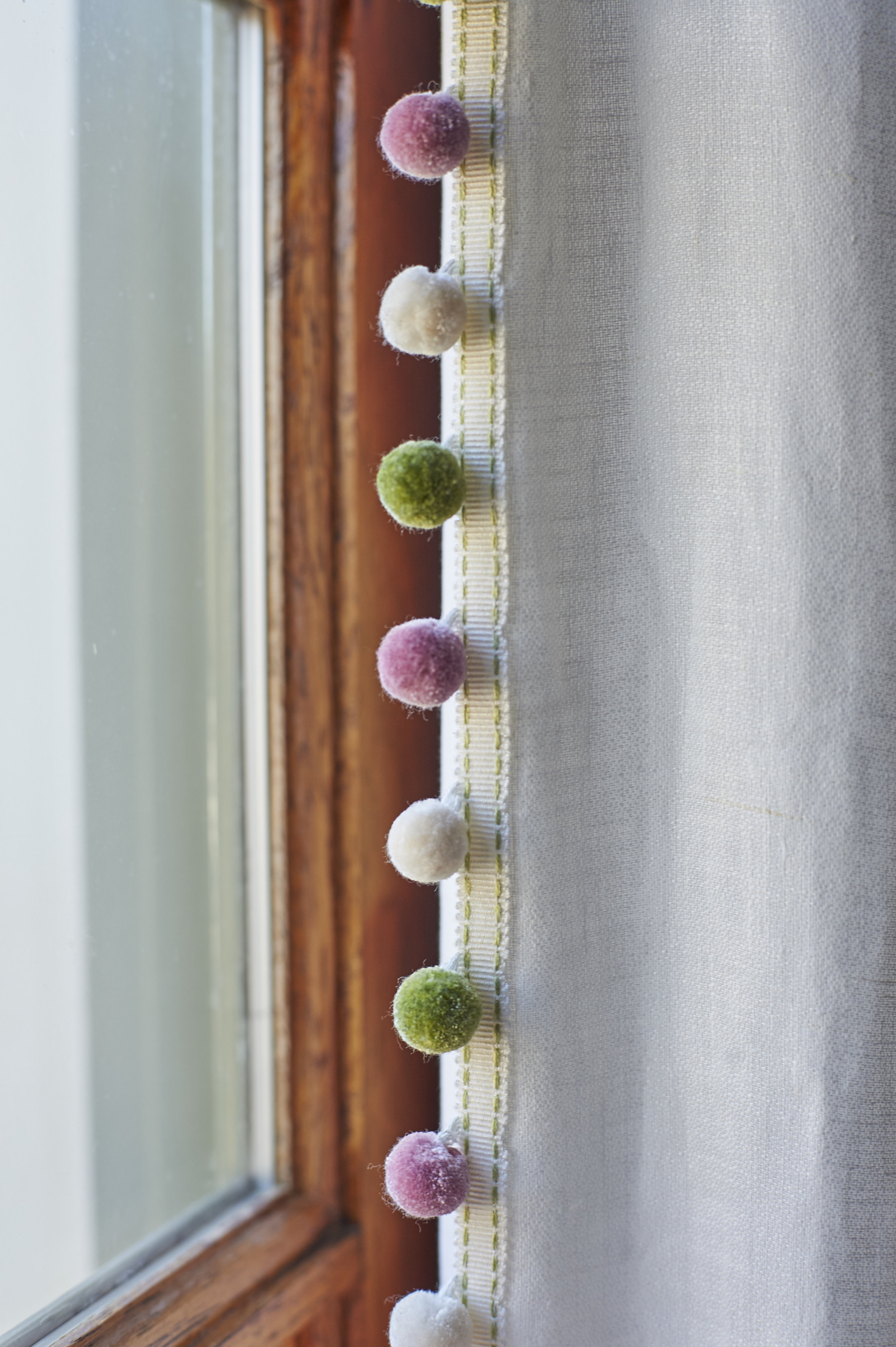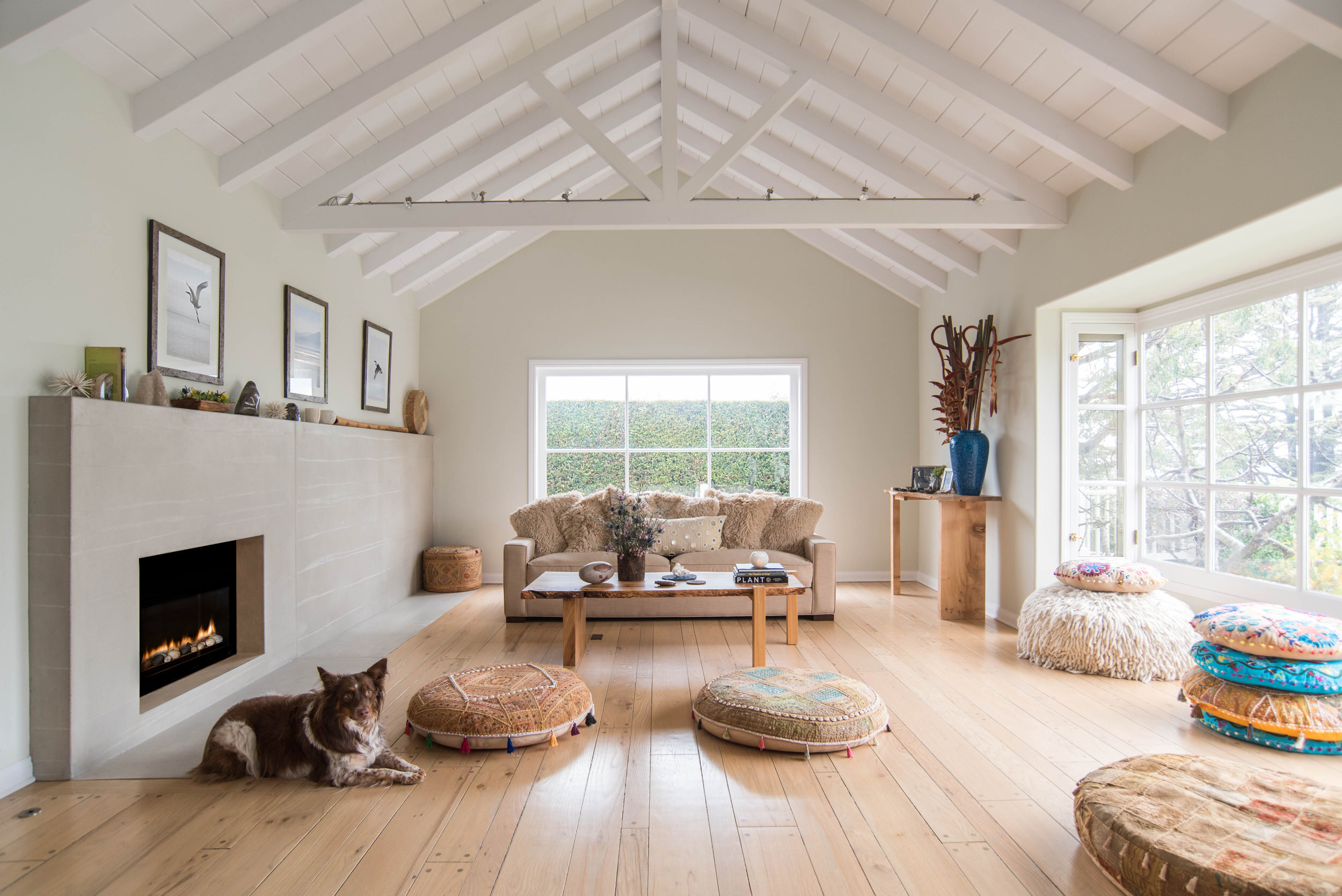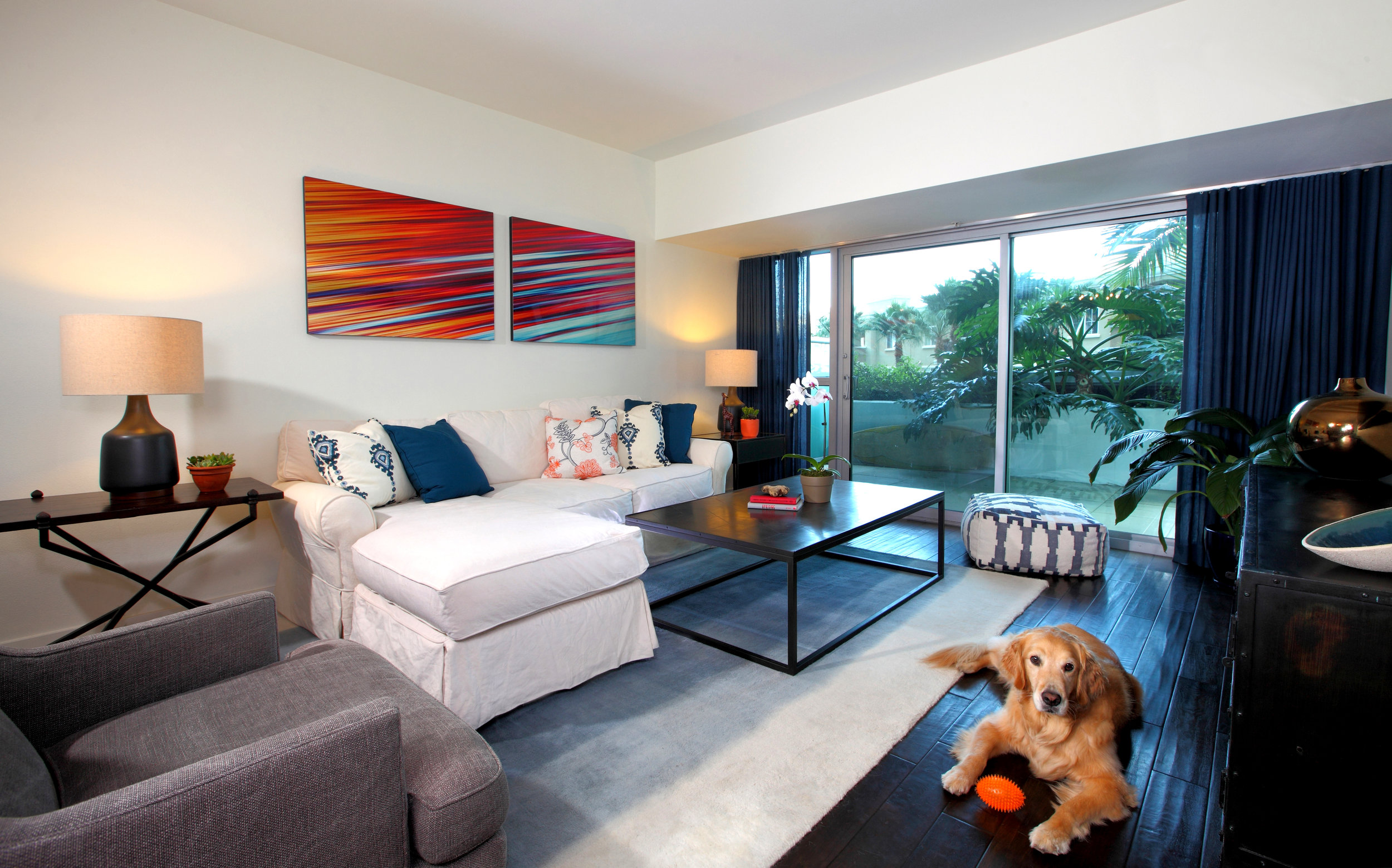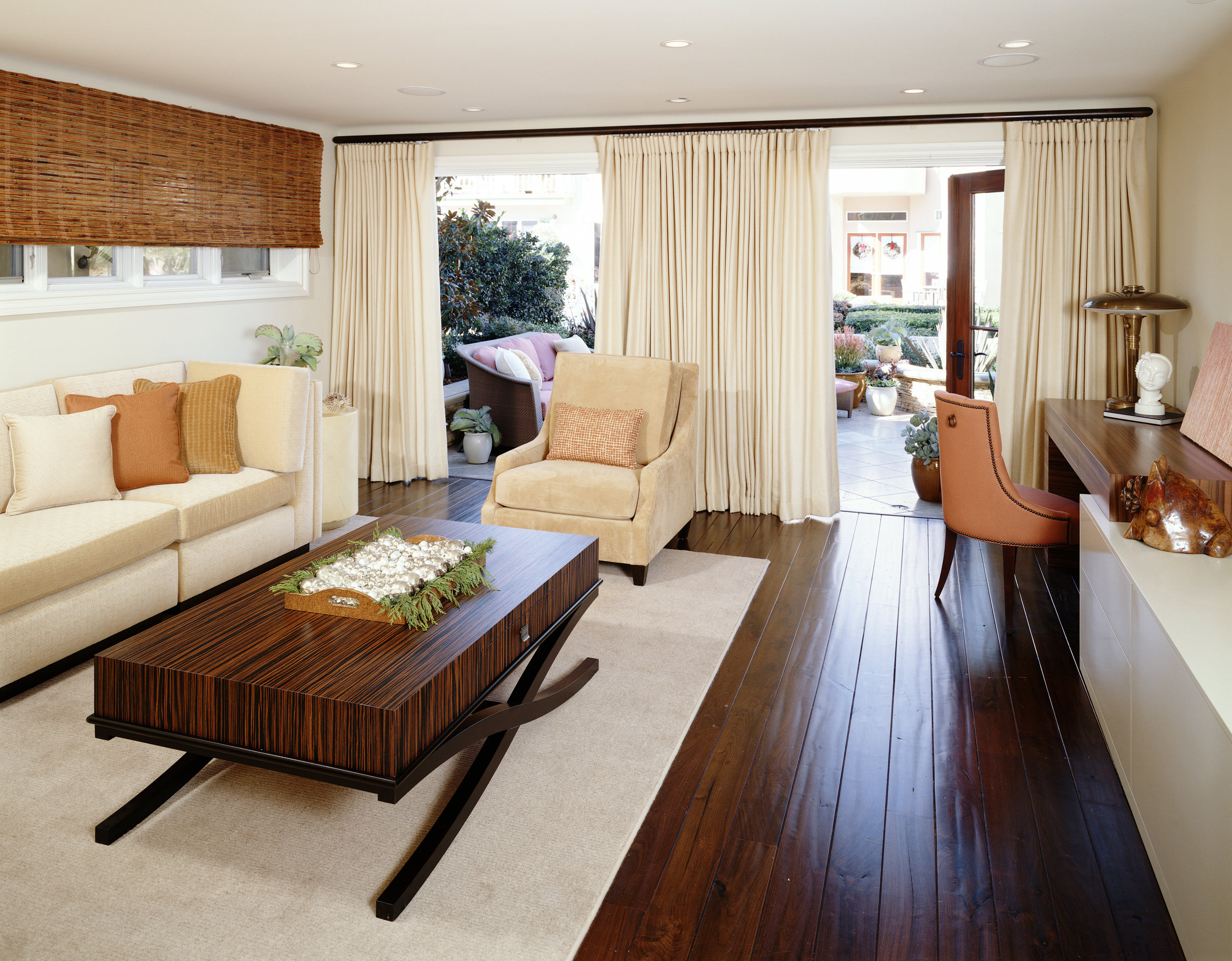Designing a Safe Space for an Autistic Child
/Designing a calm environment for children with autism can seem like a daunting task. While every child is different and may react differently to specific situations, there are five key home design points to consider to successfully achieve a calm and structured space.
Layout
Consider the scale of the space. What do you want to integrate into the room? One way to successfully choose what you want to include in the place is knowing your child’s needs, and paying close attention to how your child responds to an environment. How do you want your child to navigate through the space? Start the layout by placing the furniture on the sides of the room and leaving the middle open to navigate. This layout is not only simple but easy for the child to move around the room. When placing the furniture on the sides, the child can easily access things he/she needs within the room, fostering independence.
Often children with autism are more comfortable in rooms with clear divisions. Consider subdividing rooms and allowing for reconfiguration. Plan secure storage for items so they can be cleared away quickly when not in use.
Noise
Noise is another aspect of designing a room that is often forgotten about but is essential when creating a space for a person with autism. Children with autism are sensitive to loud noises and sometimes cannot filter them out. This sensitivity may cause anxiety, affecting the way the child behaves daily. There are simple ways to prevent background noise from filtering in. Start by pinpointing what background noises you can easily hear from the room that may cause discomfort to your child.
Keep the background noise out by integrating small fixes. Try applying acoustic panels to your walls; this not only brings down the sound, but it can serve as a discrete and functional decorative element.
If the first option is not something that would be convenient, another way to bring the noise down would be to replace any hardwood flooring with carpet. Not only is this recommended for children with autism because it reduces the chance of your child getting hurt and prevents lighting glare, but it also prevents noise from echoing throughout the room.
If damping the noise is not possible, try adding pink noise. Similar to white noise, pink noise may improve memory and be better at gently drowning out disturbances.
Lighting
Lighting can have a substantial effect on someone’s mood. Just as we can be affected by specific light, children with autism are often hypersensitive, therefore specific lighting should be considered when integrating fixtures. One thing to stay away from is fluorescent lighting. Fluorescent lighting is known to flicker and depending on the wattage and lamp type can be extremely bright. The flickering is not only distracting, but it is known to cause eye strain, headaches, and migraines. Opt for a fixture with diffused lighting or an installation with adjustable settings in a neutral, unsaturated color. Being able to dim the light can make a difference for someone’s mood.
Color
Choosing the right color for the room is an essential step. Choose light, neutral colors. Just as bright lights can affect the mood of the child in a negative way, specific colors can have similar effects. Colors to stay away from are anything bold or dark. Although primary colors tend to be the norm when choosing room colors for children, it is not the case when choosing a room color for a child with autism. Bold colors are allowed in small accents, such as their toys.
Also, wallpapers with busy patterns or stripes can be distracting for your child. Be especially careful to choose a paint that is non-toxic and does not off-gas, to keep your child safe. Try pale blues, soft greens, light purples, and pale pinks for room color options.
Privacy
Research has shown the benefits of a sensory room (or space) for kids with autism. These spaces allow children to feel safe. You can integrate certain things into a sensory room for the child to feel better. As stated previously, layouts are essential. If it is not possible to dedicate an entire room, a corner of a room can be reserved specifically to be the "sensory room," by separating the space with a dark curtain. The idea is to make a place the child can feel comfortable and stress-free. Items such as a bean bag, or a sensory pea pod sold online can help a child feel comfortable and safe.
With these simple ideas in mind, your home can be a safe place for both you and your autistic loved one.
Photos by Chas Metivier, Steven Dewall
Sarah Barnard designs healthy, happy, personalized spaces that are deeply connected to nature and art.
To learn more about Sarah Barnard Design, please visit www.SarahBarnard.com.













